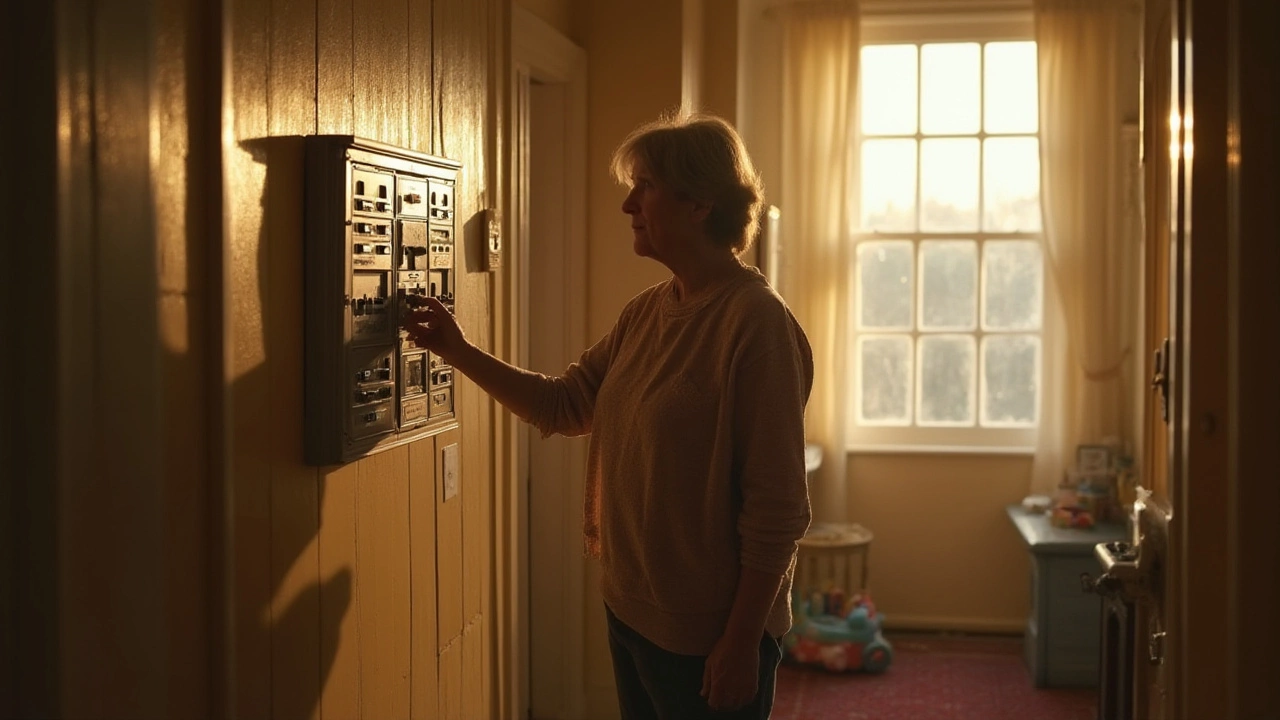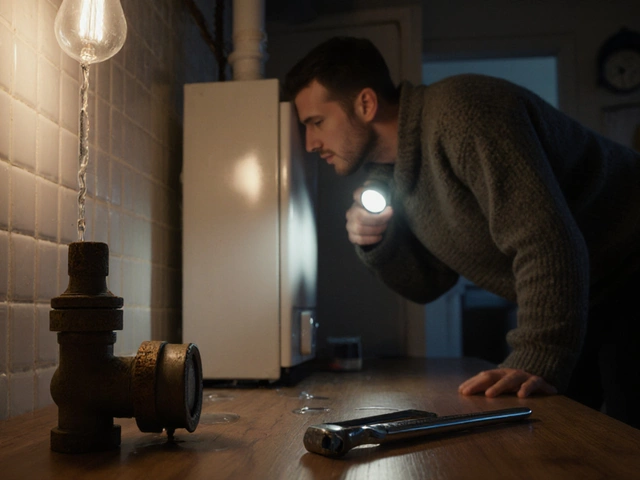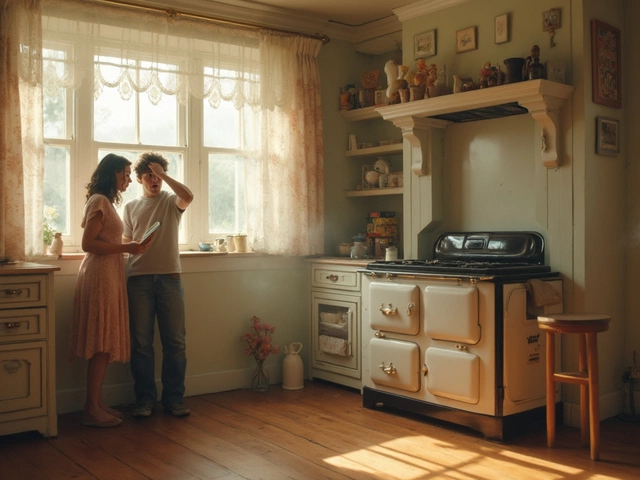Troubleshooting Your Electric Hob: Common Fixes
November 22 2024How to Turn Off a Breaker Safely – Quick Guide for Homeowners
If you hear a buzzing noise, see sparks, or your lights flicker, the first thing to do is turn off the breaker. Doing it the right way can prevent shocks, fire, and costly repairs. Below you’ll find a plain‑English walk‑through that gets the power off fast and keeps you safe.
Locate the Main Panel and Identify the Right Switch
Most homes have a metal box on a wall in the garage, basement, or utility closet. Open the door – you’ll see rows of tiny switches that look like light switches. Each one controls a circuit, and they’re often labeled “kitchen,” “bathroom,” or “outdoor.” If the label isn’t clear, look for the circuit that matches the problem area – for example, a breaker that controls the living‑room lights if they’re flickering.
Before you touch anything, make sure your hands are dry and you’re standing on a dry floor. If the breaker feels warm, let it cool for a few minutes. Warm breakers can indicate an overload and should be handled with extra caution.
Step‑by‑Step: Turning the Breaker Off and On Again
1. Pull the switch down. Most breakers click into a ‘off’ position when pushed fully down. You’ll feel a slight resistance – that’s normal.
2. Leave it off for at least 30 seconds. This gives any residual current a chance to dissipate. If you’re dealing with an appliance that’s tripping the breaker, a short wait can reset internal safety circuits.
3. Check the problem area. After the wait, look at the outlet or fixture. If the issue was a shorted wire, you might still see no power. If the breaker trips again immediately when you flip it back on, you’ve got a deeper fault that needs a qualified electrician.
4. Flip the breaker back up. You’ll hear a click and the switch should stay in the ‘on’ position. If it jumps back down, turn it off again and call a professional.
5. Restore any appliances. Plug them back in one at a time. This helps you spot which item might be causing a repeat trip.
While you’re at the panel, it’s a good habit to test a few other breakers. Give each a quick “off‑on” motion to make sure they’re not stuck. This simple check can catch a hidden problem before it becomes an emergency.
When to Call an Electrician
If the breaker won’t stay on after you reset it, if you smell burning, or if you see scorch marks around the panel, stop immediately. Those signs point to a serious fault that requires a licensed electrician.
Also, if you’re ever unsure which breaker controls a particular circuit, or if the panel looks corroded or water‑damaged, get professional help. Trying to guess can lead to accidental shocks.
Remember, safety is about keeping the power off long enough to avoid a surprise shock, but not so long that you forget to restore essential circuits like the fridge. Follow these steps, stay dry, and you’ll handle most breaker trips without a panic.
Got a recurring issue? Keep a small notebook by your panel and jot down which breakers trip and when. Over time you’ll see patterns that make it easier to explain the problem to an electrician, saving both time and money.
 30 Jul
30 Jul
Should You Turn Off the Breaker When Resetting Your Water Heater?
Not sure if you should turn off the breaker before resetting your water heater? Find out why safety matters, step-by-step tips, and what can go wrong.
Read More...



